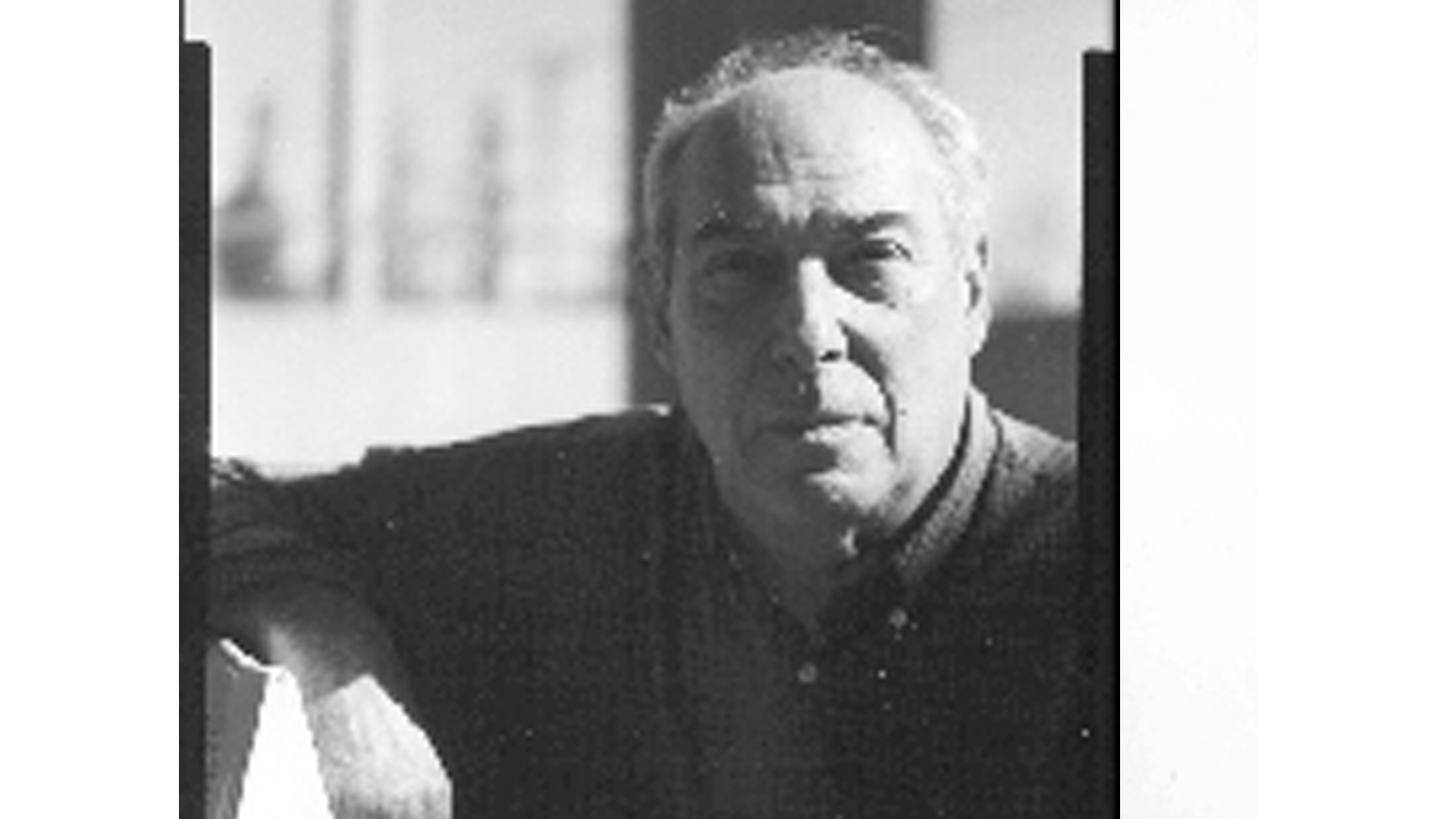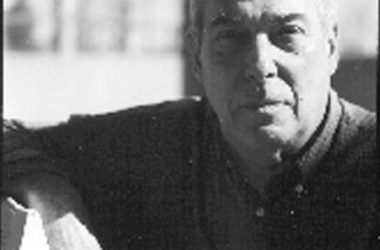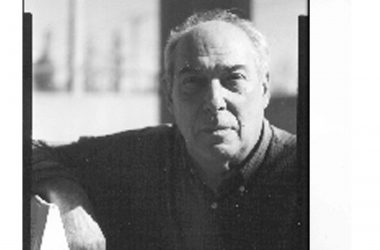The Industrial Workers of the World (IWW—“Wobblies”) in its heyday (1905-1920) was a great moment. Like Abolitionism and the Freedom Movement of the 1960s, it crystallized a broad oppositional social and cultural bloc, and its heroes and symbols—Joe Hill, Bread and Roses, the Rebel Girl—are with us yet. The very title of its anthem, Solidarity Forever, still represents a strategic alternative to tendencies of any sector of the working class to come to separate agreements with the ruling class at the expense of others. Instead of seeking better terms in the sale of labor power the IWW sought to abolish the wage system, and its policy of regarding agreements as mere truces in the class war is a contrast to normal unionism, which regards labor disputes as temporary and regrettable disruptions of class peace. Its interventions were not limited to conflicts over wages, but addressed in revolutionary manner all issues of concern to the working class. While liberals turned to the courts to protect the Constitution, the Wobblies defended free speech by exercising it, filling the jails in the process. While pacifists sought peace through marches, the Wobs fought imperialist war by waging the class struggle, in season and out, in “peace” industries and war industries. They reckoned their wages in lynchings, jailings, beatings and deportations. They were unreservedly anti-national and anti-racial: to them “citizen” was a term of contempt, uttered with a sneer. It is said that Lenin invited the IWW to join the Communist International; things might have worked out better had he enrolled the Communist International in the IWW.
In studying the IWW experience—something everyone should do—it is worth remembering that it brought together—and sometimes united—in a single organization both those who were turned off by AFL conservatism and sought a better unionism and those who were committed to abolishing the wage system. The IWW included people who were briefly active in great strikes like Lawrence or McKees Rock and (usually) drifted away after the battle subsided as well as those who dedicated their lives to the cause of revolution and made their decisions on where to live, where to work, etc. based on that consideration. It combined within itself the functions of “revolutionary party” and “union.” (By “party” I mean the small organizations made up of people who join as individuals because they have decided to take part in collectively developing, implementing, testing and evaluating a political line based on agreed-upon criteria.)
The IWW found itself performing these two functions partly out of necessity: During the times in which it operated, the mass reform organizations—in particular the AFL—were worse than necessary, and drove militant workers to seek solutions outside their ranks, including by joining an organization whose avowed purpose was to overturn the system and build a new society. (“We hate this rotten system more than any mortals do / Our aim is not to patch it up but build it all anew.”) But attempting to do two things within the same organization sometimes meant that neither got done as well as it might have otherwise. On the one hand, the IWW found it difficult to win—and especially to secure—concessions from the employers; after all, why would an employer sign an agreement with an organization that on principle refused to honor it, threatening to renew the class war at any moment? Probably more important at a time like the present, when even the most ardent and skillful reformist can deliver little in the way of tangible gains, is the other side: The IWW found it difficult to draw a categorical line between the best industrial unionism and the new society it sought to build. Bill Haywood famously said, “Industrial unionism is socialism with its working clothes on.” The CIO proved him wrong; although radicals of various flavors were involved in building it, when the dust settled the CIO turned out to be reformist industrial unionism.
I’m not putting Haywood down for his mistake. It is hard to see how he could have thought otherwise at the time, and it did not arise out of any reformist inclinations on his part, although even in his day there were industrial unions that, when forced to choose, took the path of incremental reform rather than revolution; an example was Haywood’s own union, the Western Federation of Miners, which had an unsurpassed history of militant struggle, which helped found the IWW in 1905 and which split from it two years later because it wanted to be a more effective instrument for winning concessions from the copper companies without being held back by a primary commitment to the goal of revolution. (Heywood, of course, stayed with the Wobblies, becoming probably their best-known figure.)
The group I was part of, the Sojourner Truth Organization, made the same mistake in one-sidedly evaluating the mass black upsurge of the 1960s, failing to see its potential to “win” and adapt to the capitalist system. For us it was easy to exaggerate the totality of the break represented by the Detroit Rebellion of 1967 and the wave of others like it. Those wedded to traditional notions of what constituted “labor struggles” had no such problem.
At a moment of upsurge like the present the lines between militant mass activity and revolution are not clear. Many people are moving back and forth between them. As Don Hamerquist recently wrote,
“[The break] doesn’t happen in comfortable incremental irreversible steps forward, and it is seldom articulated clearly by those most deeply involved. The process can be clothed in objectless militance, and/or reflexively assume the form of demands for sectoral advantage or maintenance of privileges. But at the same time it can also manifest new understandings of equality, of justice, of social cooperation, and of the universal legitimacy of resistance to oppression, the axiomatic elements of the idea of communism. And these contradictions can be evident at any level, including within the same individual.”
There is no point in lamenting this fact; on the contrary, it is to be celebrated. But it is important for conscious revolutionaries to understand the distinction, however difficult it may be to pin down at any moment, between a mass movement with revolutionary possibilities and a revolution, and orient their activities around clarifying it. This orientation has practical as well as theoretical implications.
Comment from reader:
A good introduction for people who are campaigning right now. It is
a brilliant way of saying: “We go from afar – and we intend to go afar”.
With the magnitude of the crisis we are in—worldwide—the movements’
new beginnings may look modest at the moment, but the aims cannot be
modest. I find the idea of the 3rd International being absorbed by the IWW
absolutely fascinating. It might have done some good to tightly structured
societies too.
Ferruccio Gambino
Padova, Italy
Comments welcome. Write to [email protected]. Please indicate if your comments are intended for publication.



